Ireland’s western region, which includes the counties of Galway, Mayo and Roscommon, has a lot to offer tourists who are dreaming of rugged scenery, dramatic coastlines and a vibrant culture that includes Irish music, dance and theater.
This page contains affiliate links, and I may earn compensation when you click on the links at no additional cost to you.
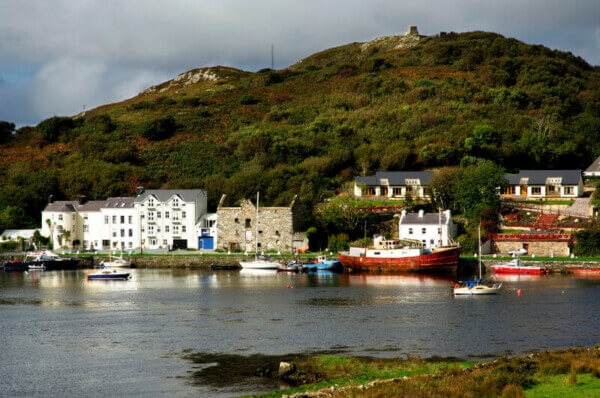
County Galway
If you’re looking to experience pure wilderness, there’s nothing quite like Connemara, located west of Galway city.
The area is dotted with adorable towns and villages like Clifden, Cleggan, Letterfrack, Renvyle, and Roundstone, among others.
Among the beauty, you’ll find the Kylemore Abbey and Victorian Walled Garden.
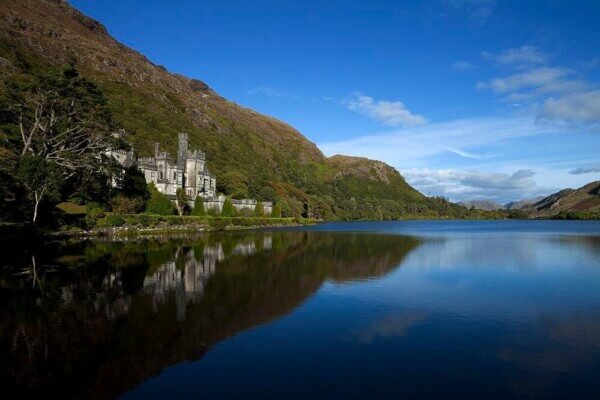
The abbey, which was initially known as Kylemore Castle, was built in 1868 as the private home of Mitchell Henry, a wealthy doctor from London whose family was involved in the textile manufacturing business in Manchester.
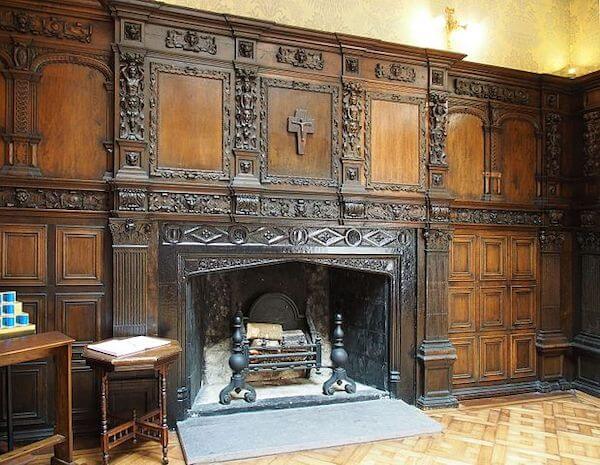
It took 100 men and four years to build the sprawling 40,000-square-foot estate, which included 33 bedrooms, four bathrooms, four sitting rooms, a ballroom, a billiard room, a library, a study, a school room, a smoking room, a gun room and various offices and domestic staff residences.
In 1909, it was sold to the Duke and Duchess of Manchester, who were forced to sell the building to the Benedictine Order due to gambling debts. For years, it served as the local school for girls in the area and was advertised as an international boarding school until its closure in 2010.
Visitors can see the restored rooms of the abbey and walk around the beautiful six-acre walled garden, which was one of the last walled gardens to be built during Victorian times in Ireland.
Galway city is not to be missed on a tour of the West. While walking through Galway’s streets would keep any tourist happy for hours, what with the city’s colorful buskers and other live entertainment, there are a few attractions that stand out.
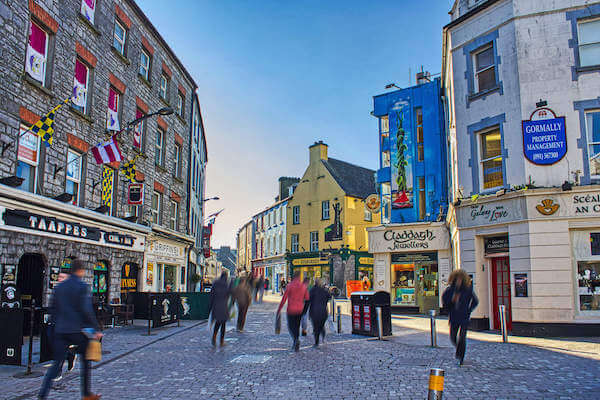
They include a visit to St. Nicholas’ Collegiate Church, the largest medieval parish church in Ireland that is an active Church of Ireland parish; the Spanish Arch, a vivid reminder of the city’s medieval past, and the Druid Theatre, the first professional theatre company to be established outside of Dublin during the 1970s.
County Mayo
County Mayo is Ireland’s third-largest county and it has much to offer the visitor.
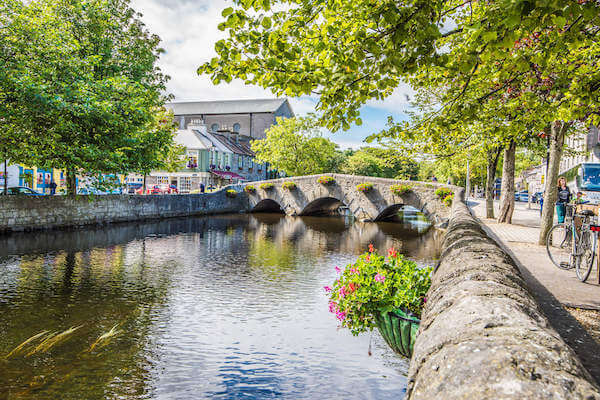
Westport is perhaps Mayo’s most charming town in the West of Ireland.
For years, it has been a popular tourist destination and when you go there, you’ll see why.
Just outside Westport is Croagh Patrick, Ireland’s holy mountain. Saint Patrick, the patron saint of Ireland, climbed the mountain and fasted for 40 days and 40 nights in 441 AD. The views from the top are incredible!
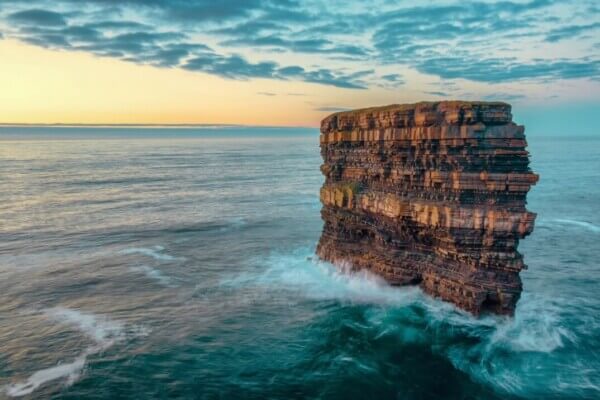
Other attractions in County Mayo include Downpatrick Head, which features an incredible sea stack that was formed 350 million years ago and was once joined to the mainland. It stands about 150 high and is a haven for birds.
County Roscommon
Roscommon may not have any coastline but it does boast the longest stretch of the River Shannon, Ireland’s longest river.
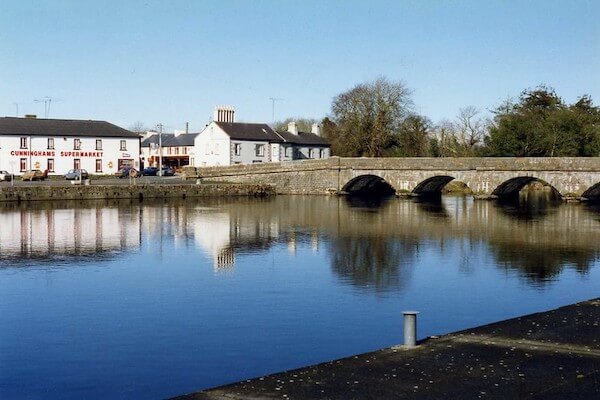
The area around the river in Roscommon is popular for cruising, fishing and engaging in water sports.
Visitors who want to find out more about the famine years in Ireland and how they impacted the local area in Roscommon, a visit to the National Famine Museum at Strokestown Park House is worthwhile.
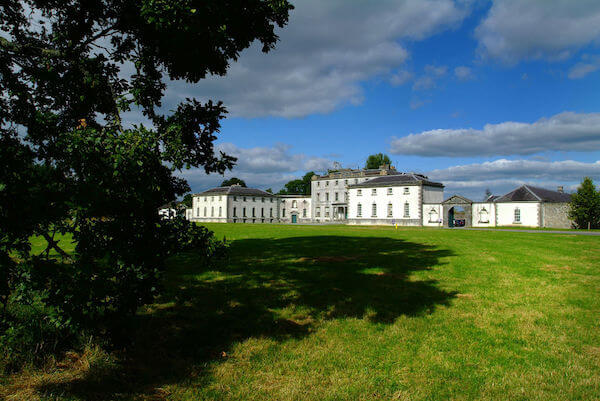
Strokestown Park House, which was under the ownership of Denis Mahon during the 1840s, is notable because Mahon was assassinated during the Famine years because he forced his tenants to emigrate on coffin ships. The gun that was used is on display in this fascinating museum.
Lough Key Forest Park is another great attraction in County Roscommon and there are numerous activities for all to enjoy, including walking and cycling trails, orienteering, boat tours and more.
